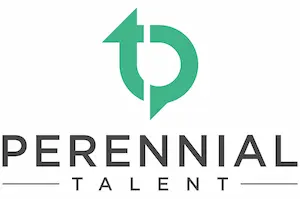How to Use Leadership Competencies
So, you have decided to define the key competencies or skills needed for successful performance across your different roles. Now, you are wondering what you should do with your leadership roles because leaders often require a completely different skill set than those technical experts or specialists.
I am sure that you can think of examples of people that were great technical experts and not the best leaders. That is because they did not have the leadership competencies or leadership skills they needed for their new role.
Let’s explore how leadership competencies or skills can be included in a competency or skill profile.
What are Leadership Competencies?
Leadership competencies or leadership skills apply to roles with leadership responsibilities. This may include your supervisor, manager, director, or VP roles, it will depend on how your organization is structured. These competencies define behaviours that focus on what it takes to provide vision, set strategy, act with integrity, and help support others to set and reach their goals.
There are a couple options for how you can treat your leadership roles when defining competency or skill profiles:
Option 1: Treat all leadership roles across the organization as a leadership job family
This means that whether someone is the Director of Incident Response, or a Cyber Security Manager, or a Sales Manager, they would receive the same set of leadership competencies or leadership skills. For example, you may decide that all the leaders in your organization, regardless of the area they work in, would belong to a single leadership job family. A job family refers to a subset or grouping of jobs within the organization that shares a common function or logical career stream. This would then mean that all leaders would share common competencies or skills, perhaps behaviours related to Self-Awareness and Awareness of Others, Developing Others, or Strategic Thinking.
When to use this model? If you are interested in developing the cadre of your leaders then treat leadership competencies or leadership skills as job family competencies. This allows you to tailor your leadership learning and development and succession planning programs to specific skills that all leaders need.
Option 2: Include leadership competencies or skills as job specific competencies or skills
You may decide that all roles in the job family, including leadership roles would share some common job family competencies. For example, in the job family Incident Response and Analysis, all jobs from analyst to director may require the same two common job family competencies or skills, such as Cyber Security Monitoring and Reporting and Analytical Thinking. These two competencies or skills may be important for all roles in the area, including leaders. However, the leaders and only the leaders in this area may also require some job specific leadership competencies, such as Strategic Thinking and Developing Others.
When to use this model? This option can work well when your leaders are highly involved in the day-to-day operations and yet still require some common leadership competencies or leadership skills.
No matter how you choose to approach leadership competencies, just remember that it is important to be consistent and choose an approach that makes sense for how your leadership roles are structured. Because at the end of the day, leadership competencies are some of the most important skills that you can build!


